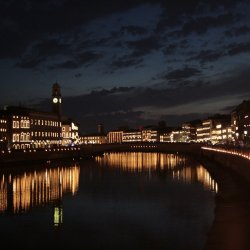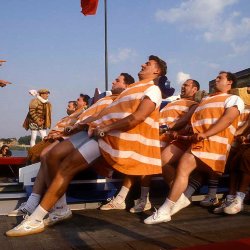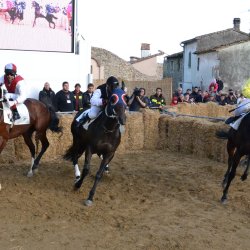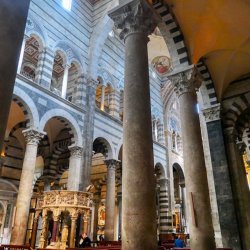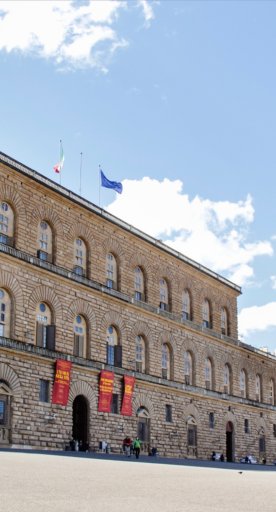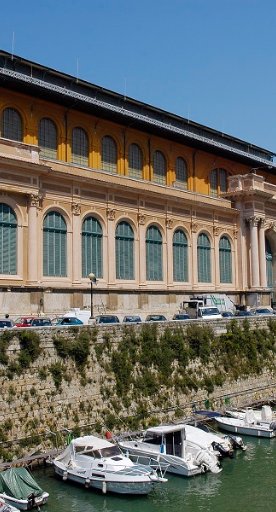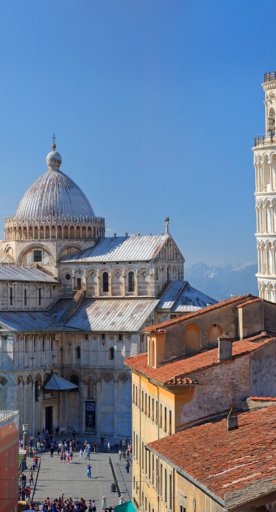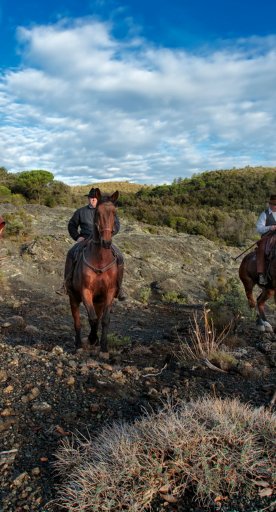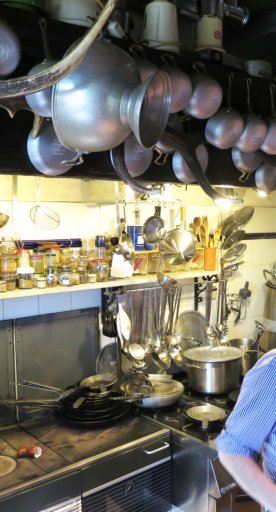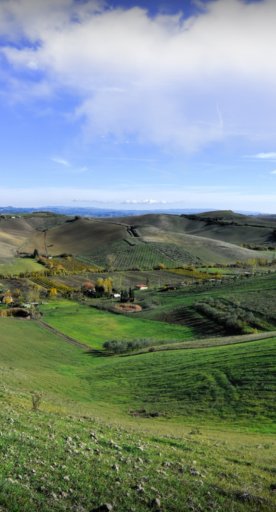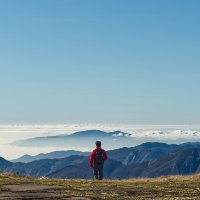

3 events not to miss in Pisa
The events and traditions that make the city of the Leaning Tower unique
Among the cities that cannot be missed in any tourist itinerary there is certainly Pisa, known above all for its iconic Leaning Tower and for the shimmering beauty of Piazza dei Miracoli which captivates Italians and foreigners, as well as being among the places declared World Heritage Site by Unesco.
But besides art, Pisa is much more. The best time in which to live its history and traditions is the summer, for the hottest months of the year are full of initiatives which revive the territory’s glorious past, including historical processions, folklore events and a fair amount of period costume.
Here is a selection of three events to get started with:
-
1.Palio of San Ranieri
-
2.Gioco del Ponte
-
3.Regatta of the Ancient Maritime Republics
Palio of San Ranieri
On the evening of the 17 June, Pisa celebrates her patron saint, San Ranieri. The city’s four historic quarters compete in a boat race over the waters of the Arno, a nod to the traditions of the maritime Pisan Republic.
The origins of the Palio of San Ranieri date back to the Medieval period, when other, similar competitions took place in Pisa to mark the Feast of the Assumption. After Pisa was conquered by Florence, the race stopped for several hundred years, only being resurrected in 1635. It was not until 1718, however, that the Palio was dedicated to San Ranieri rather than to the Assumed Virgin Mary, as it had been originally.
The boats, each crewed by eight rowers, a helmsman and a cox, race alongside each other for 1500 metres, from the Ponte della Ferrovia to the Palazzo Mediceo, before reaching an anchored boat, which marks the finish line. At this point the cox has to climb a flagpole ten metres high and squeeze the blue “paliotto”, the sign of victory. Two others, white and red respectively, are there to recognise second and third place. The crew coming last, meanwhile, derisively receive a paper cup for their pains.
The end of the Palio di San Ranieri alludes to the battle of Lepanto, when the fleet of the Knights of the Order of Santo Stefano boarded the Turkish flagship and hoisted their flag, which is today kept in Pisa’s Chiesa dei Cavalieri (church of the knights).
The Palio is preceded on June 16, at dusk, by the magical Luminara di San Ranieri.
Gioco del Ponte

The last Saturday of June, meanwhile, stages the Gioco del Ponte (battle of the bridge), an event close to the hearts of the Pisans, all of whom take part. Each district of the city sends “magistrates” to face off over the Ponte di Mezzo, either from the north or south side of the Arno, known respectively as Tramontana and Mezzogiorno. The teams have a tug-of-war to pull a “carriage” along a track, specially laid over the bridge. The contest is preceded by a historic pageant, with its participants, including a horse, in eighteenth-century costume.
Regatta of the Ancient Maritime Republics

The Regatta of the Old Maritime Republics takes place every four years, sometime between the end of May and the beginning of July, and is hosted on rotation by the historic rival cities of Amalfi, Genoa, Pisa and Venice. It constitutes a re-enactment of one of the most important events in the civic life of those four sea republics.
The regatta is overtured by a 320-person procession (80 for each republic) which recalls to life the historical characters and historical concerns of the four ancient maritime cities, whose fleets ruled the waves in the Middle Ages, collecting wealth and spreading their cultures over the Mediterranean basin with their military and commercial clout. The Pisa procession, for example, refers to the legend of Kinzica de’ Sismondi, a Pisan heroine who, according to tradition, realised one night that a Saracen invasion was imminent and thus saved her city from the peril.



